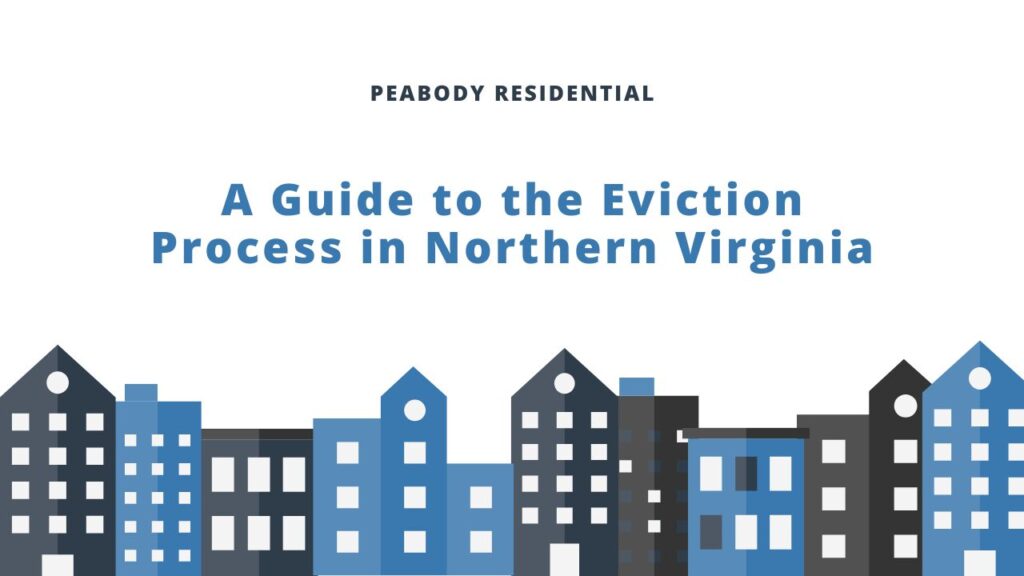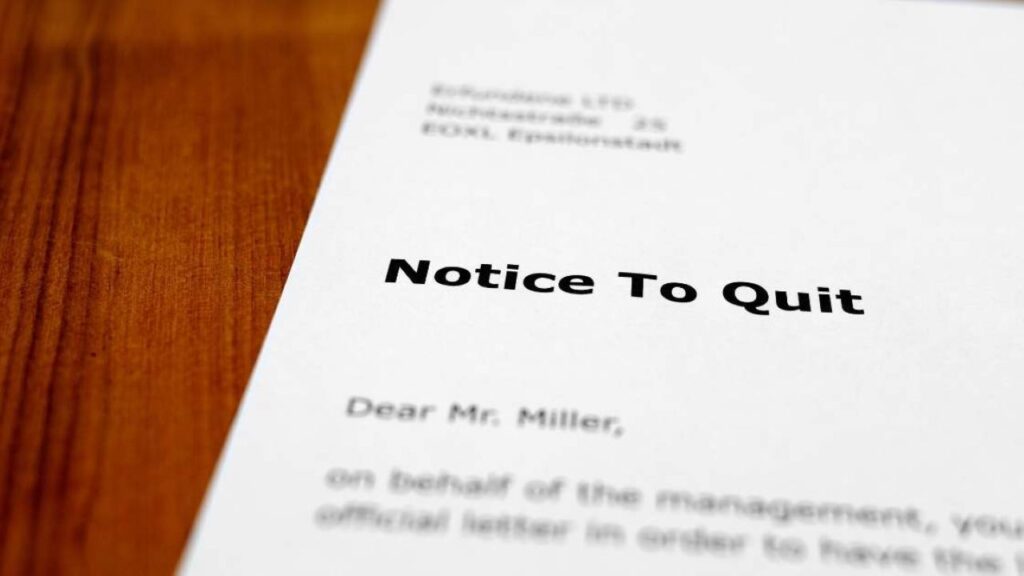Key Takeaways
- Legal Grounds for Eviction: Property owners must have a valid legal reason to evict, such as non-payment of rent, lease violations, or engaging in illegal activities.
- Eviction Notices: Different eviction notices are required depending on the situation, such as a 5-Day Notice for late rent or a 30-Day Notice for residents without a lease.
- Court Involvement: If a resident doesn’t comply with the notice, the property owner must file a complaint in court and may have to attend a hearing to resolve the eviction.
- Writ of Eviction: After a court ruling, the property owner can obtain a Writ of Eviction, allowing the sheriff to remove the resident if they don’t vacate within 72 hours.
As a property owner, certain situations can compel you to evict a resident from your rental property. It could be that they are no longer paying rent on time, violating a lease term, or staying after the lease has expired, among other things.
Regardless, you must ensure the process abides by the Virginia resident eviction process. If looking to learn about the VA eviction process, or are even considering evicting a resident, this blog by Peabody Residential has you covered. The following is everything to know in this regard.
Get Your Free Rental Analysis Today!
What Is the Eviction Process in Virginia?
Luckily for you, the resident eviction process in Virginia is fairly straightforward. Here’s everything to keep in mind according to the Virginia rental laws.
Have Legal Ground for Eviction
In Virginia, a property owner can only begin an eviction process against the resident once they have a legal ground. It’s then after having a legal ground that you’ll know what specific procedure to follow.
The following are legal grounds for eviction in Virginia:
- Failure by the resident to pay rent on time.
- Overstaying the term of the lease.
- Violating a term of the lease.
- Engaging in an illegal activity.
Trying to evict a resident without any of these reasons will likely be unlawful. Consequently, the process will fail, and you may even get you a lawsuit should the resident choose to sue.
Terminate the Lease
To continue with the eviction process, you must first terminate the lease. This will require you to serve the resident with an eviction notice. An eviction notice will let the resident know about the reason for the eviction, and what to do within the notice period.
If the resident rectifies the violation within the notice period (for curable violations), the eviction will stop. If the resident doesn’t cure the lease violation, you may choose to continue with the eviction process.
Different eviction notices serve different purposes, however. As such, make sure to use the appropriate one. The following are the types of eviction notices in Virginia you can use:
5-Day Notice to Pay Rent or Quit: You can serve this notice to a resident who is late on paying rent. This notice gives residents only 5 days to either pay the due rent or vacate the premises. Unless the lease says otherwise, rent becomes due at the start of each month and becomes late a day later. There is also no mandatory grace period in Virginia.
Please note, however, that there is currently an active Nonpayment Pilot Program for low-income earners in Virginia. As the property owner, you must put such residents on a payment plan when they are late on rent payments. This program will remain in force until July 1st, 2025.
30-Day Notice to Quit for Residents With No Lease: Residents without a lease are commonly referred to as residents-at-will. They can be friends, family members, or those whose leases have expired.
The 30-Day Notice to Quit gives such residents a maximum of 30 days to leave. The resident doesn’t have the option to ‘fix’ the violation. After the 30 days are over, you can continue with their eviction.
30-Day Notice to Cure or Vacate for Minor Lease Violations: Minor lease violations can include allowing the pile up of garbage on the premises, not reporting repairs on time, or not maintaining the required cleanliness levels.
The resident will have up to 21 days to fix the violation. If they don’t, you could serve them with a 30-Day Notice to Quit. However, with the latter eviction notice, the resident won’t have the option to cure the violation. They must move out within the 30 days or else risk a court action.
Serve the Resident With an Eviction Notice
Unlike some other states, serving eviction notices on residents doesn’t follow a specific process. The only requirement is that the notice be in writing. For maximum legal compliance, the following are the acceptable methods of service for a court action:
- Personally deliver the notice to the resident.
- Leave a copy with a family member of a suitable age who’s living on the premises.
- Post a copy in a conspicuous area on the property, and mail another via first-class mail.
File a Complaint in Court
The next step in the eviction process is to file a complaint in court if the resident doesn’t comply with the eviction notice. You may need to pay some filing fees. In the Arlington Circuit Court, for instance, the filing fee is $151.
After successful filing, the court will schedule a hearing date. This can be between 21 and 30 days after the resident is served with a copy of the summons and complaint.
As you await the hearing, make sure you prepare adequately for any potential defense the resident may have. In Virginia, potential defenses to resident evictions can include:
- You served the resident an improper notice.
- The eviction was in retaliation to the resident exercising a legal right, such as reporting you for code violations or forming a residents’ union for residents’ rights advocacy.
- The unit was uninhabitable and the resident deducted the cost of repairs from the rent.
- The eviction was based on a fair-housing-protected class, such as race, color, religion, or nationality.
As a property owner, it is up to you to ensure that you are also following the other rental regulations, such as the security deposit laws.
Obtain a Writ of Eviction
This is a court order that authorizes the removal of a resident from their rented premises. After a judgment is made, the writ of eviction may be granted to the property owner as soon as 10 days later. If you fail to request it within 180 days, you may have to begin the process all over again.
Within 15-30 days after receiving the writ, the sheriff must deliver it to the resident. After this is done, the resident will then have up to 72 hours to move out or be physically removed by the sheriff or constable.
Bottom Line
This guide has outlined the step-by-step process that you must follow when removing a resident due to a violation of the lease. If doing it for the first time, it’s advisable to work with a reputable property management company as the process can be stressful, time-consuming, and even costly.
For expert help in any and all property management aspects in Northern Virginia, please look no further than Peabody Residential. We can beat or match any local rates or guarantees. Get in touch to learn more!
Disclaimer: Please note that the information provided in this blog is intended for general guidance and should not be considered as a replacement for professional legal advice. It is important to be aware that laws pertaining to property management may change, rendering this information outdated by the time you read it.




